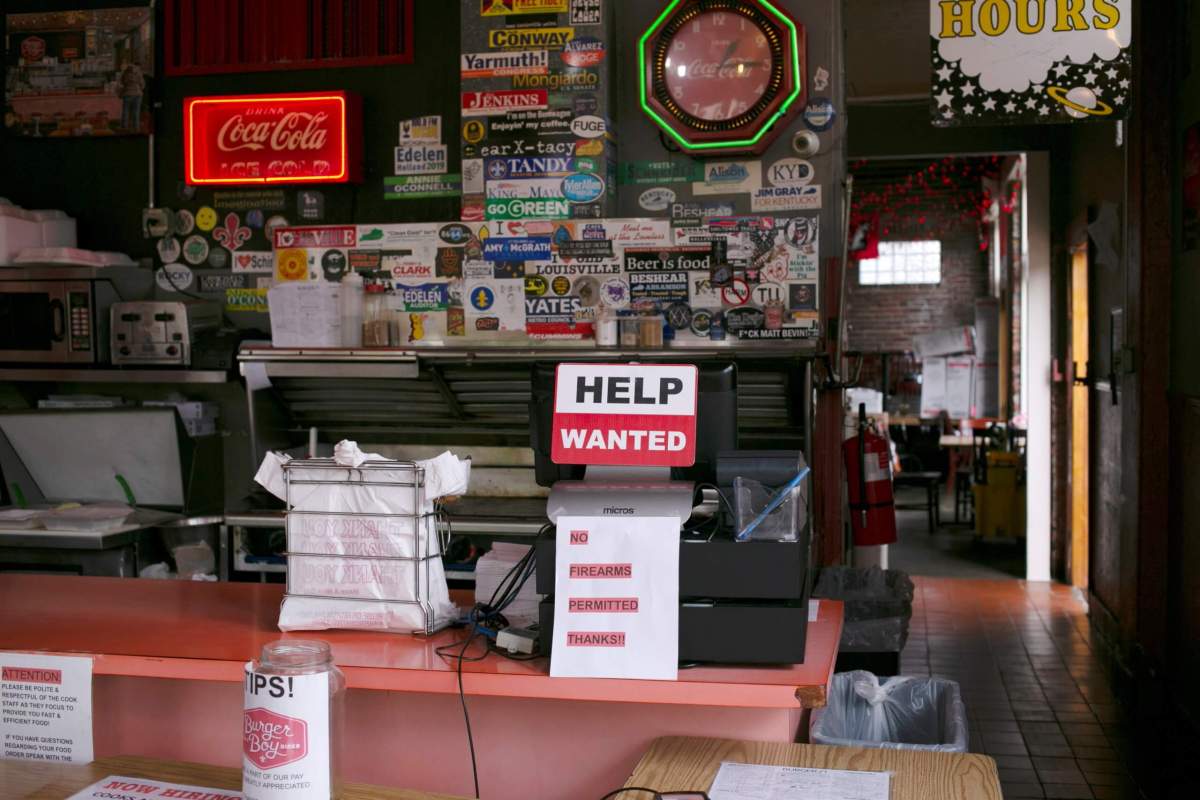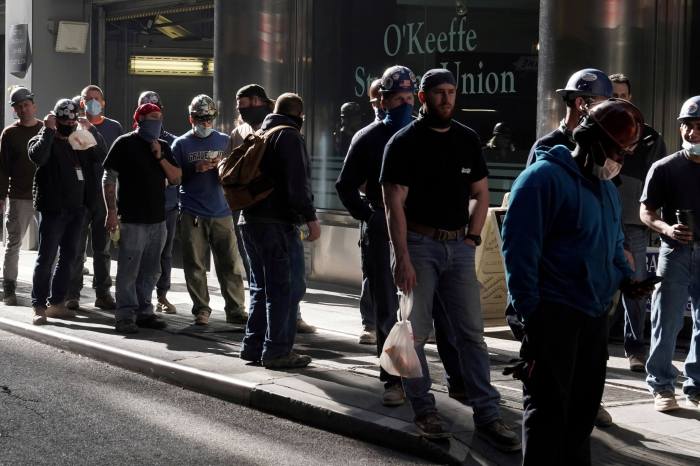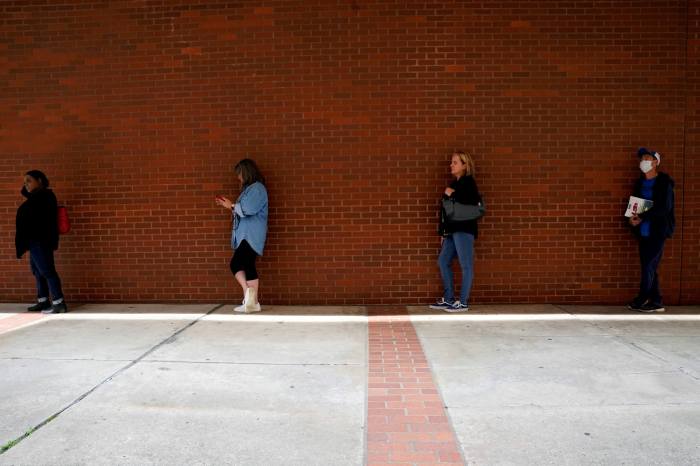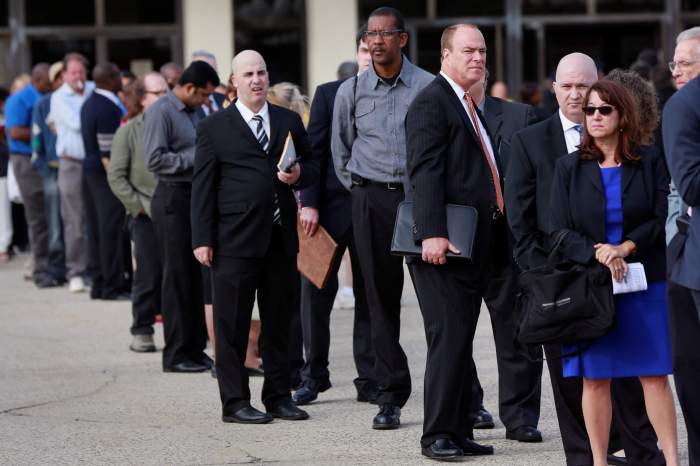The number of Americans filing new claims for unemployment benefits fell to a 17-month low last week, pointing to another month of robust job growth, though surging COVID-19 infections pose a risk to the labor market recovery.
Initial claims for state unemployment benefits fell 29,000 to a seasonally adjusted 348,000 for the week ended Aug. 14, the Labor Department said on Thursday. The fourth straight weekly decline pushed claims to their lowest level since mid-March 2020 when mandatory shutdowns of nonessential businesses were enforced to slow the first wave of coronavirus cases.
Economists polled by Reuters had forecast 363,000 applications for the latest week. Claims have declined from a record 6.149 million in early April 2020, but they remain above the 200,000-250,000 range that is seen as consistent with healthy labor market conditions.
Claims have been grinding lower, with employers hanging on to their workers amid a labor shortage as vaccinations allow the economy to fully reopen. More than half of the population has been fully immunized against COVID-19.
The claims data covered the period that the government surveyed business establishments for the nonfarm payrolls portion of August’s closely watched employment report. With claims below 400,000, payrolls growth likely remained strong after the economy created a whopping 943,000 jobs in July.
But COVID-19 infections are surging, driven by the Delta variant of the coronavirus. While economists do not expect large-scale business shutdowns as happened early in the pandemic, there are worries that soaring cases could keep some unemployed people at home, especially if children are unable to attend schools in person.
Lack of childcare facilities and fears of contracting the virus have been blamed for worker shortages, which are partly contributing to employment remaining 5.7 million jobs below its peak in February 2020. There were a record 10.1 million job openings as of the end of June.
About 8.7 million people were officially unemployed in July. The economy fully recovered in the second quarter the sharp loss in output suffered during the very brief pandemic recession.
Data next week on the number of people continuing to receive benefits after an initial week of aid will offer more clues on how hiring fared in August. The so-called continuing claims are reported with a one-week lag and are a good barometer of hiring.
At least 25 states led by Republican governors have pulled out of federal government-funded unemployment programs, including a $300 weekly payment, which businesses claimed were encouraging unemployed Americans to stay at home. There is, however, no evidence that the early termination of federal benefits has led to an increase in hiring in these states.
“For the most part, there has not been a noticeable difference in continuing claims in states that ended federal expanded unemployment benefits programs early and those that did not,” said Veronica Clark, an economist at Citigroup in New York. “We still see signs that labor shortages might not be quickly resolved as unemployment benefits end.”
The government-funded benefits will expire on Sept. 6.





































